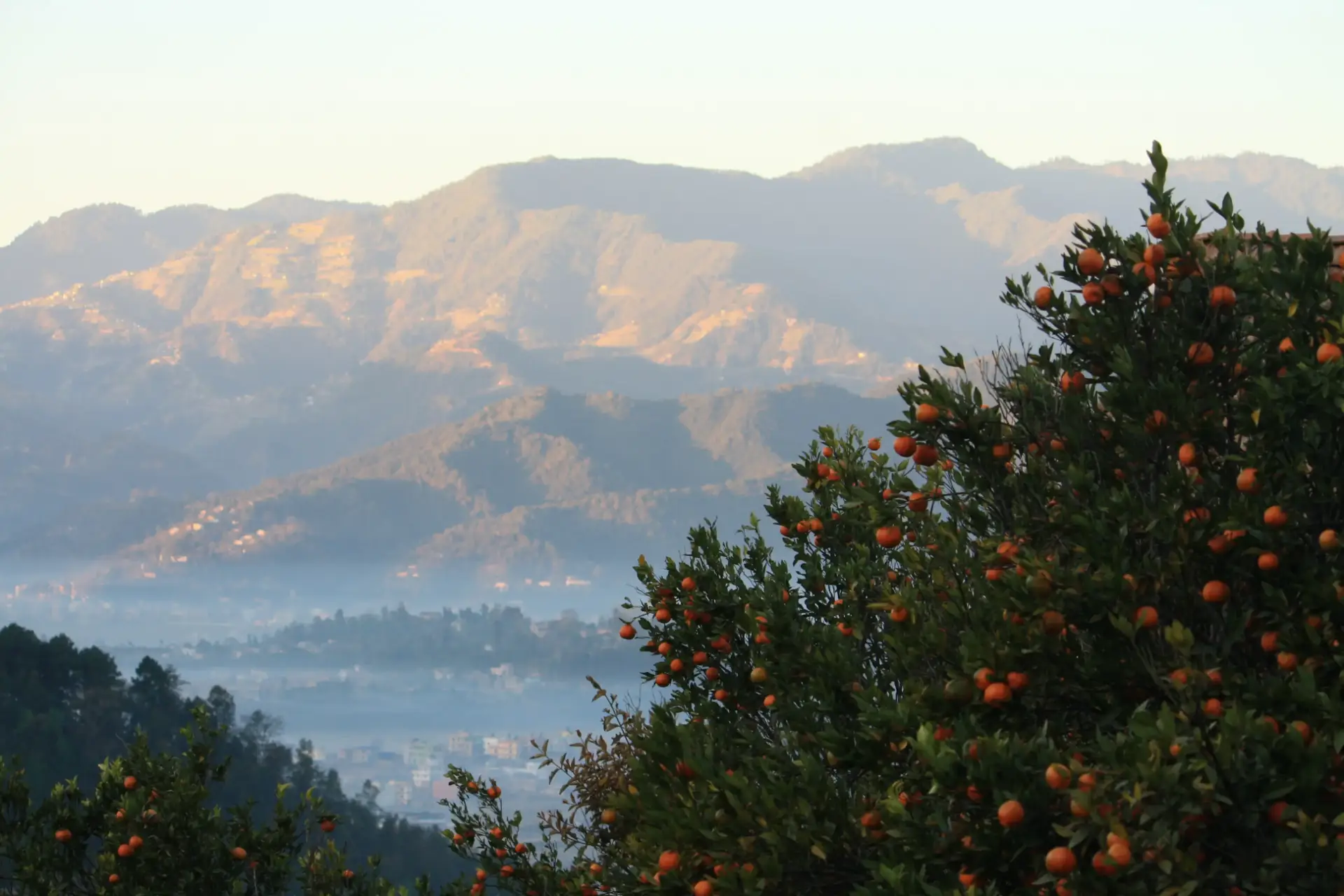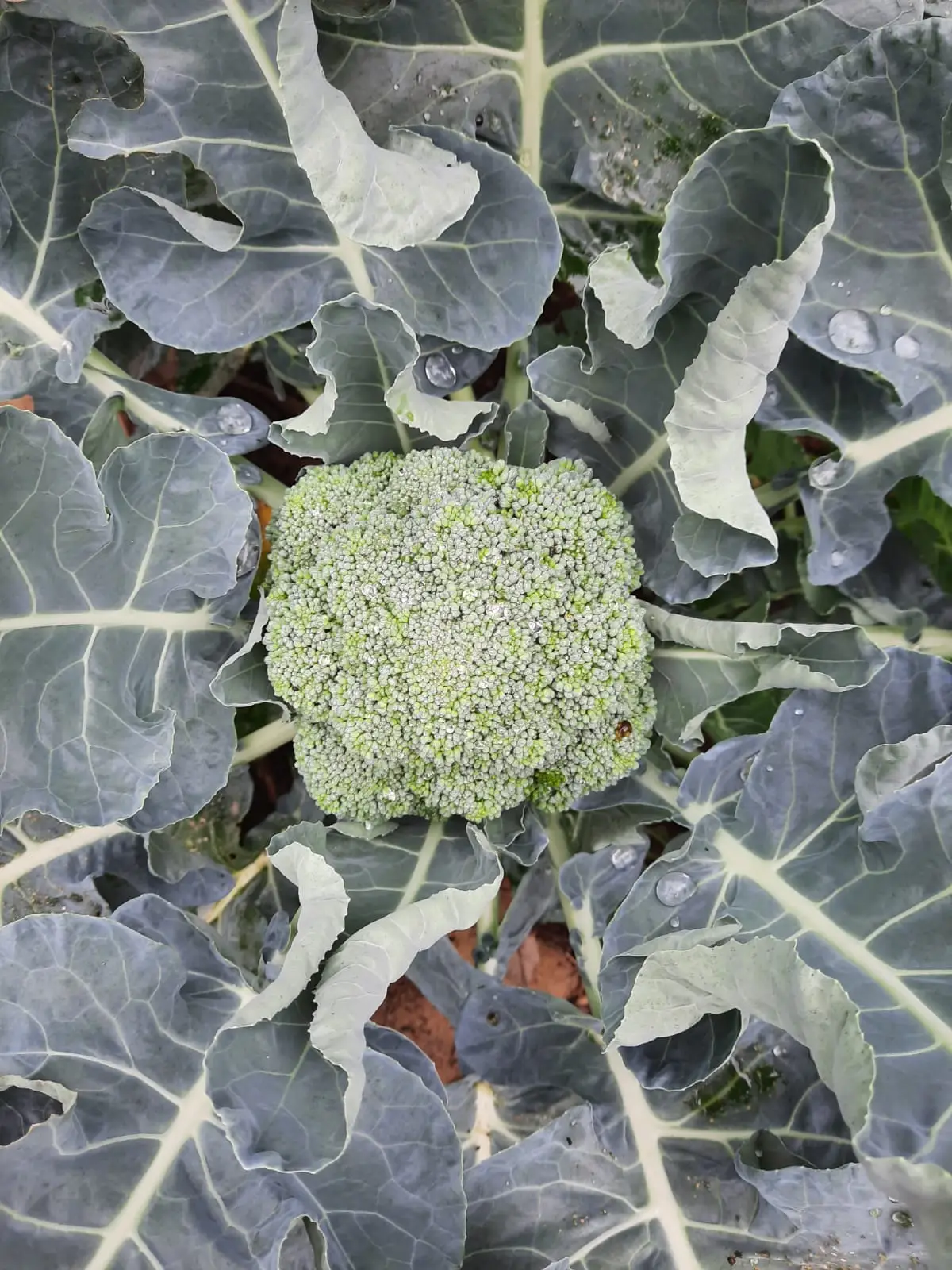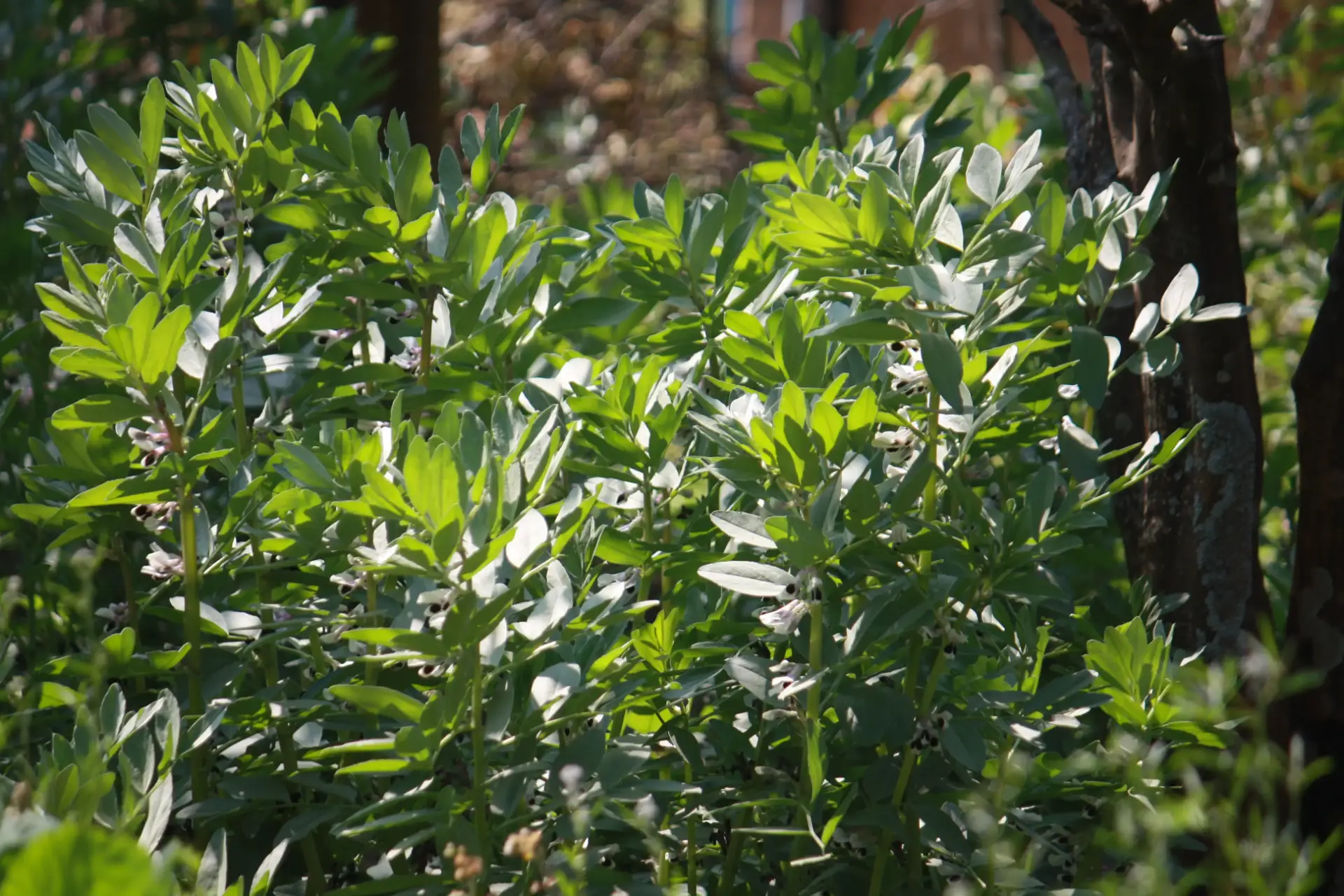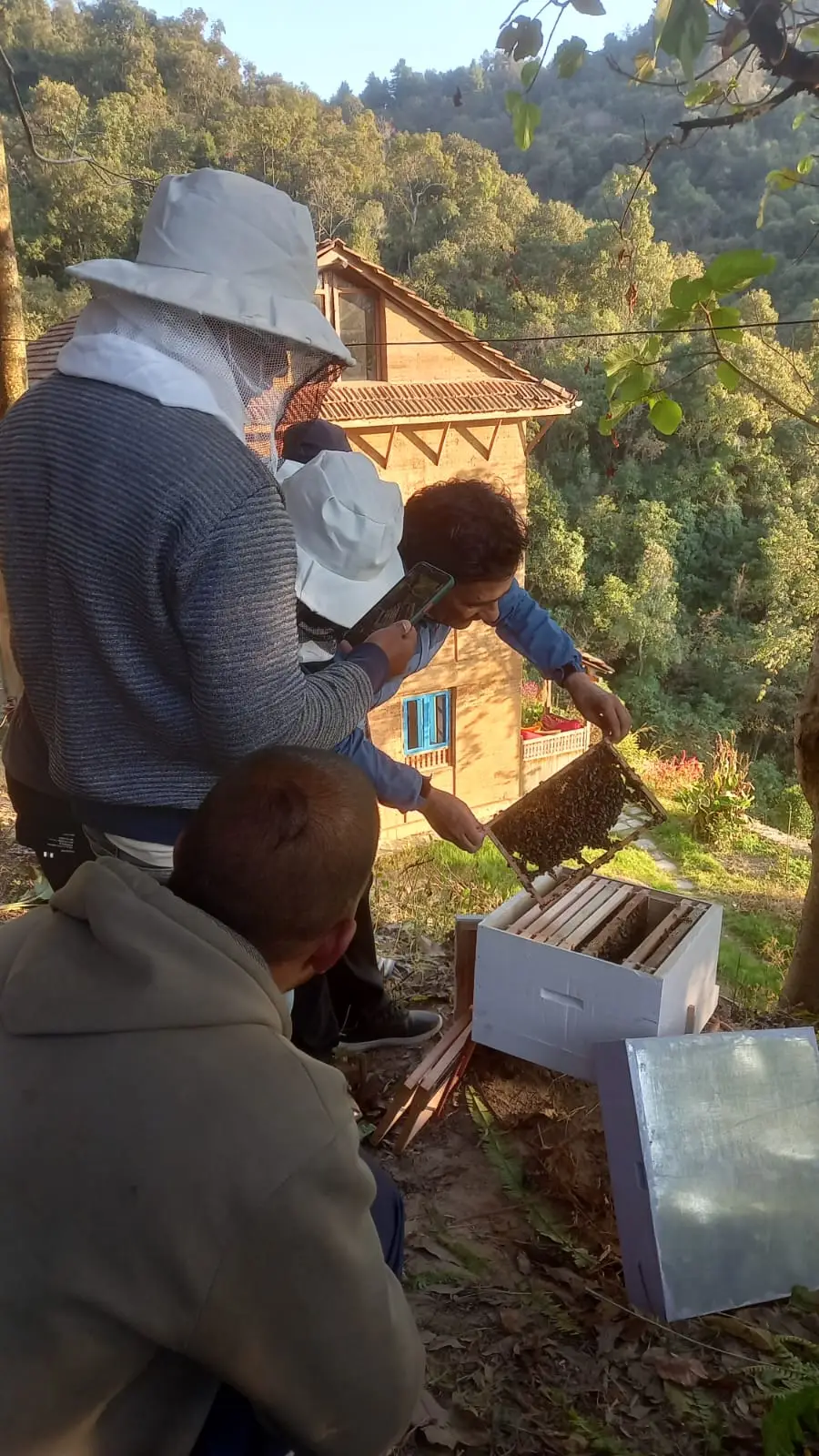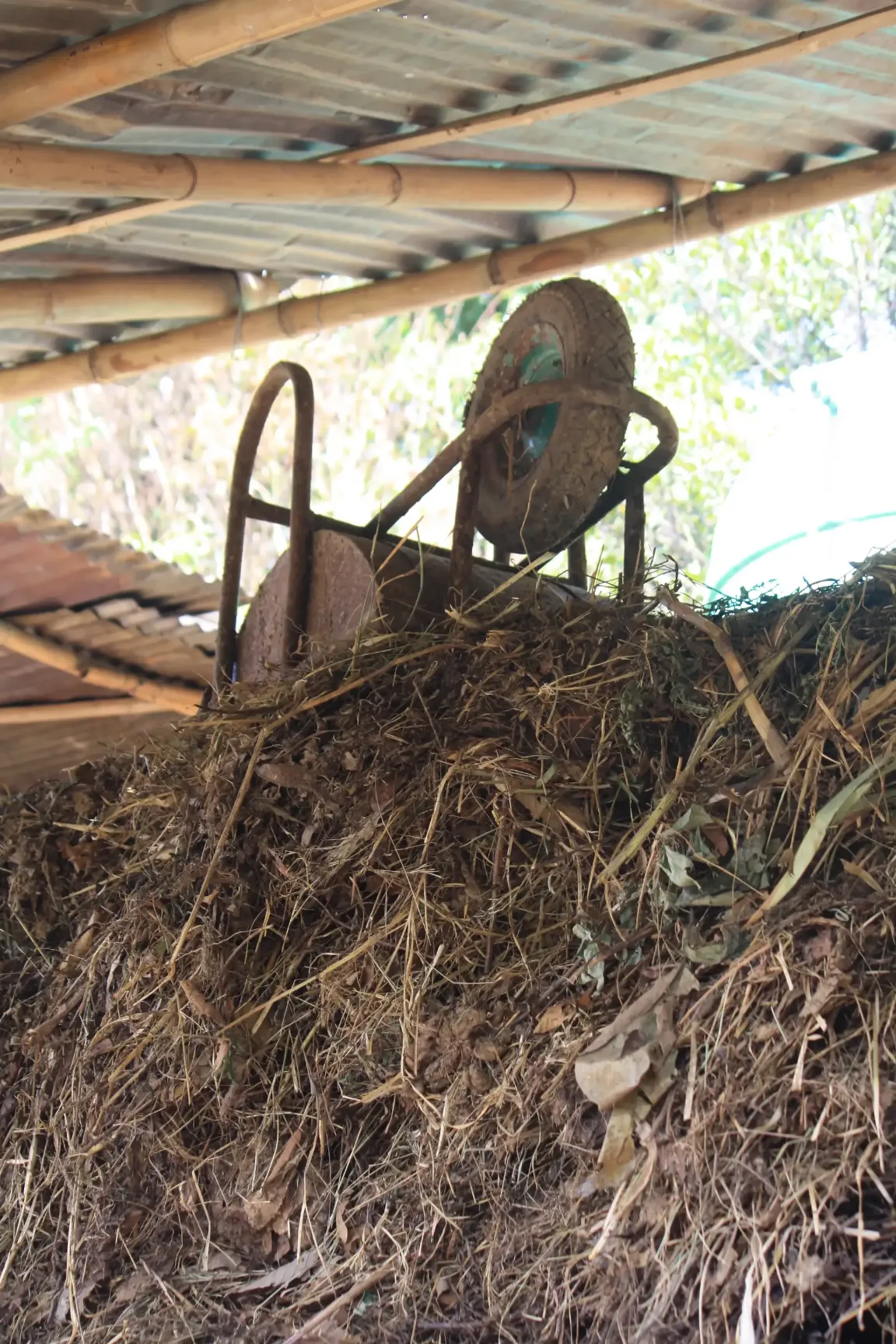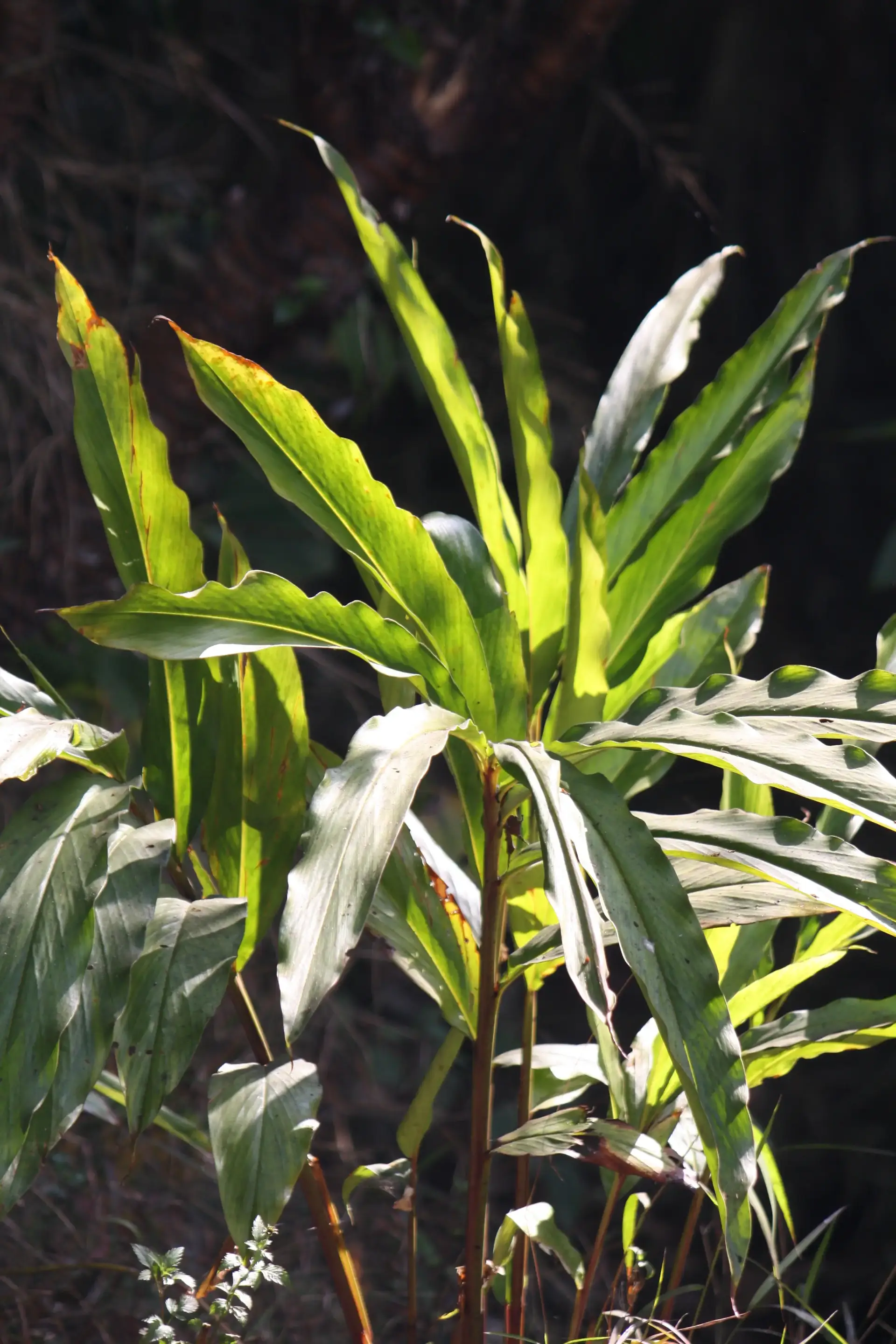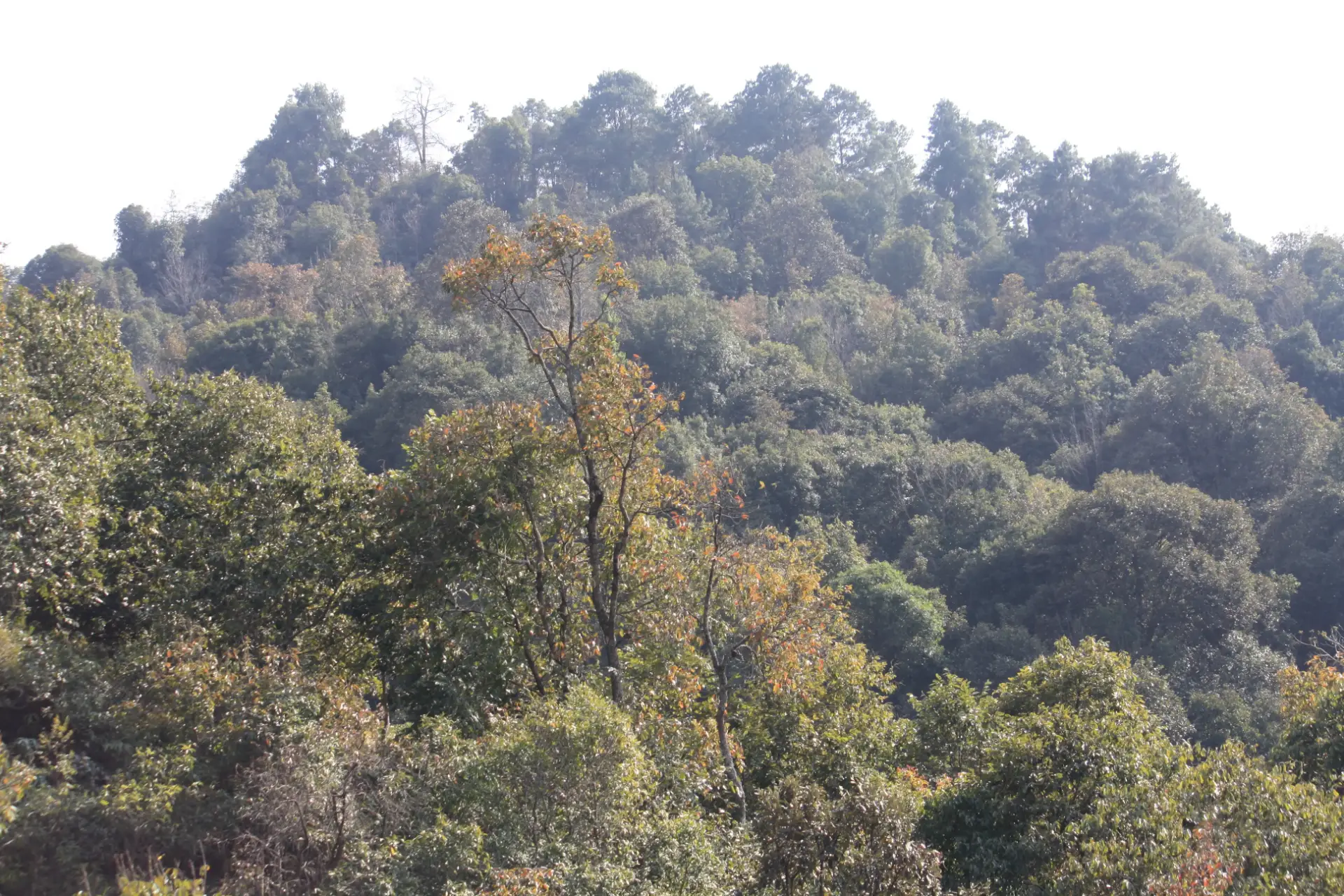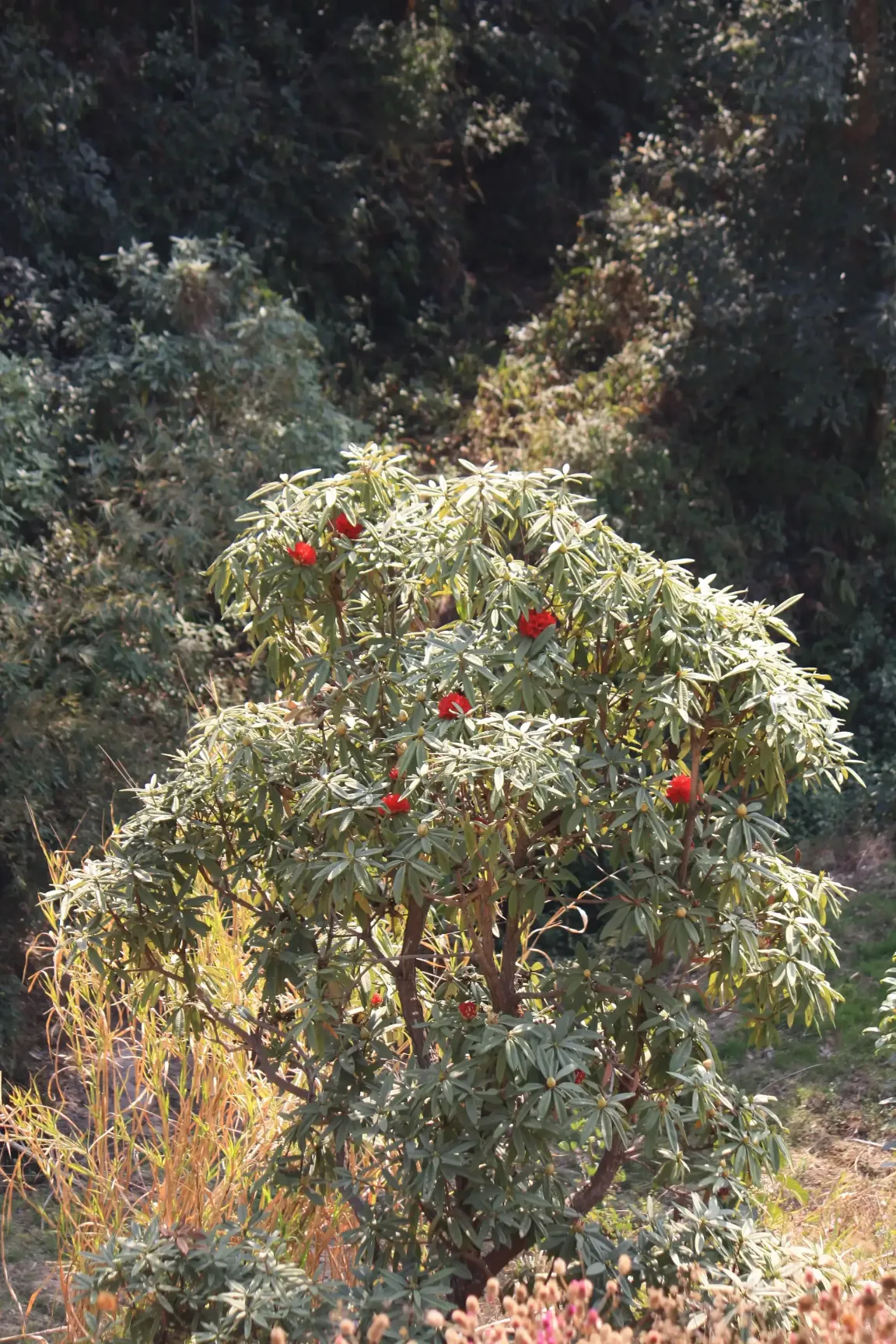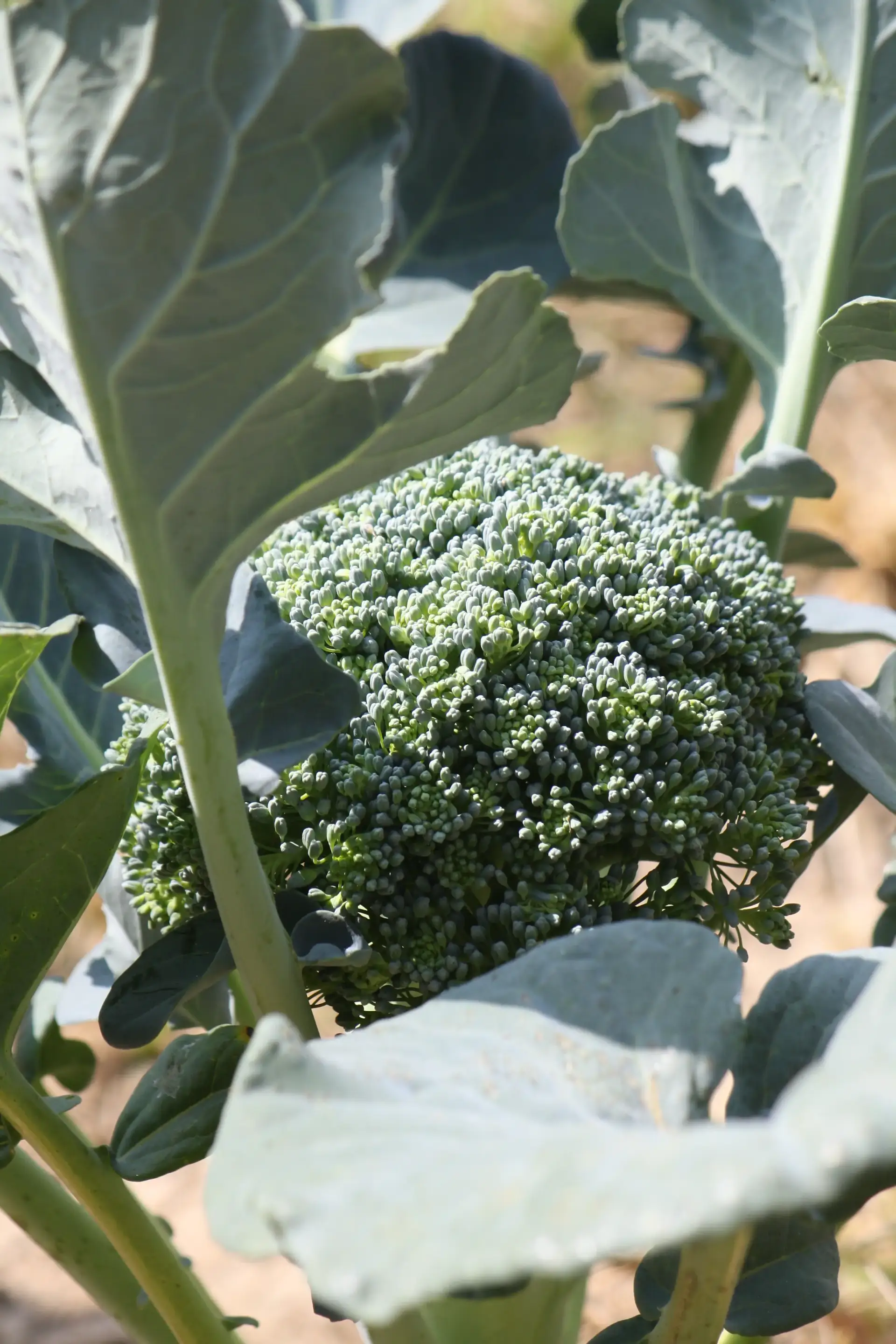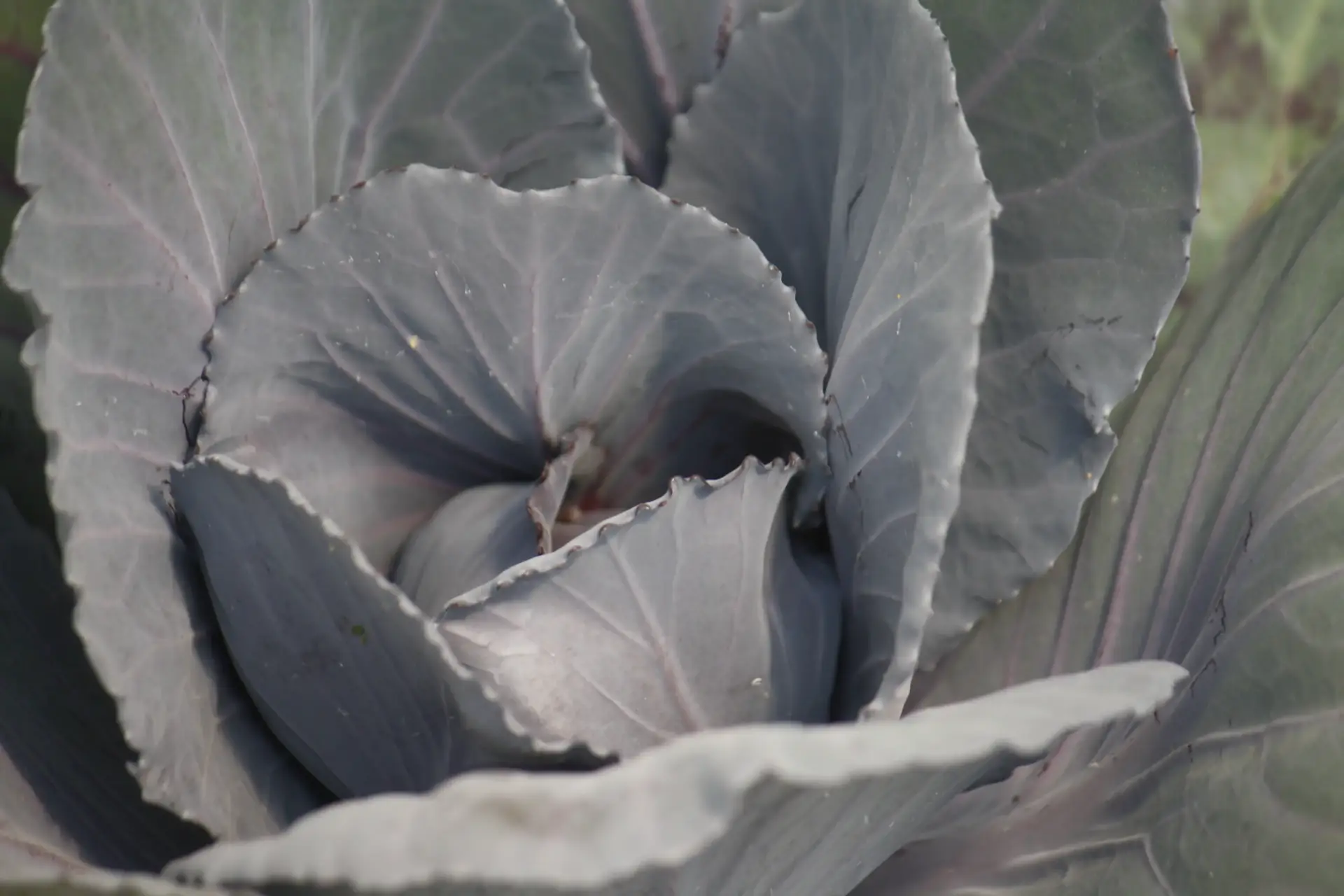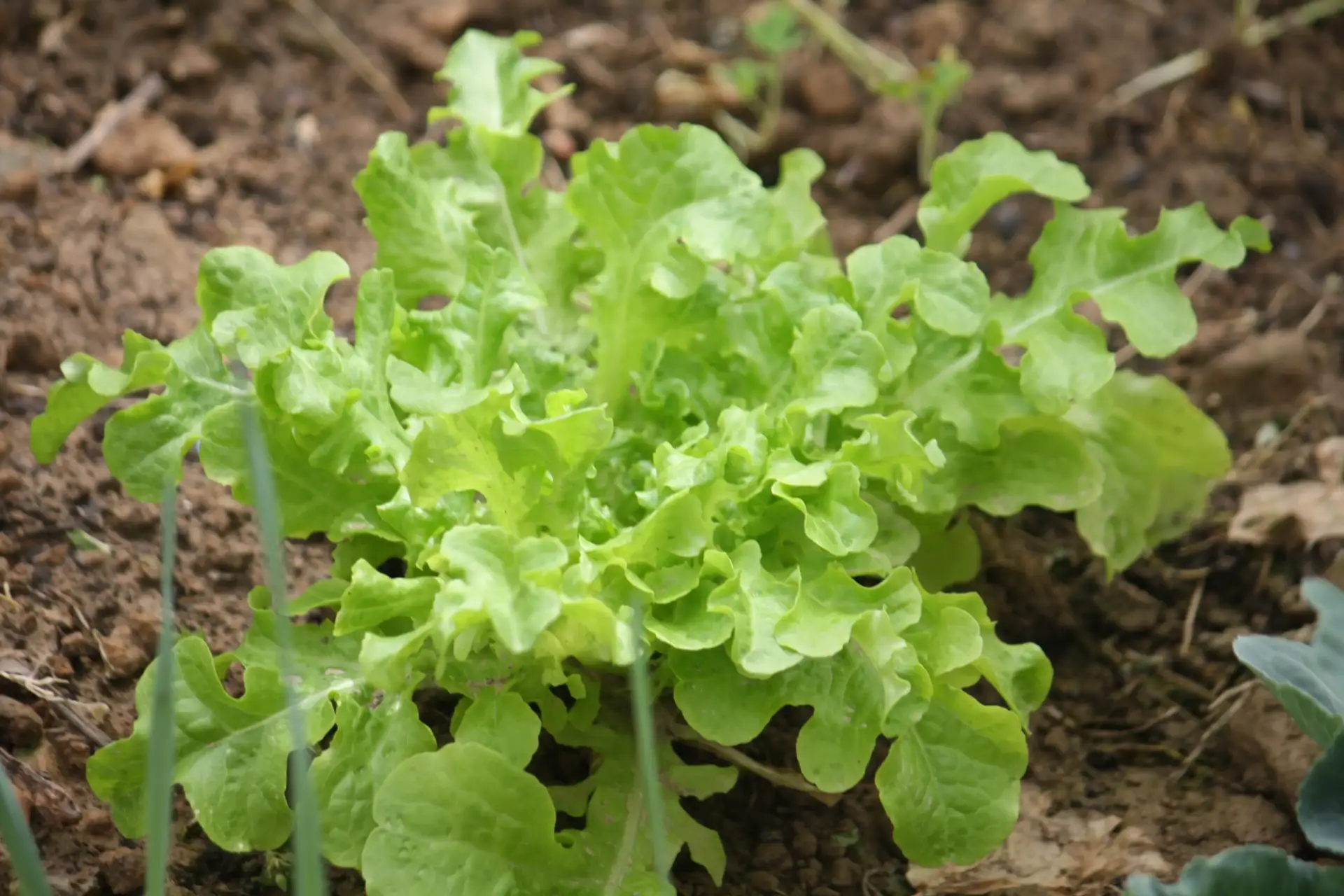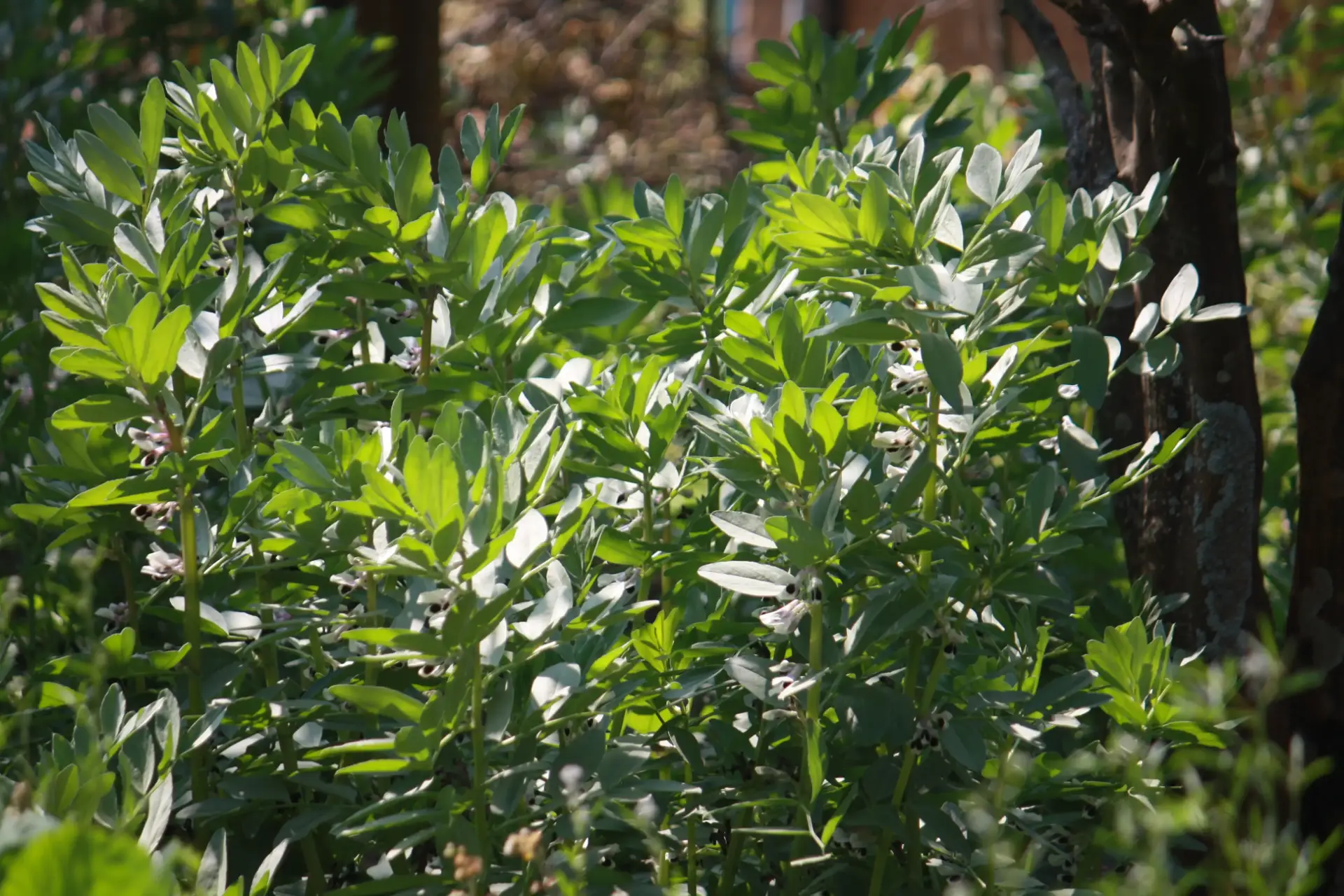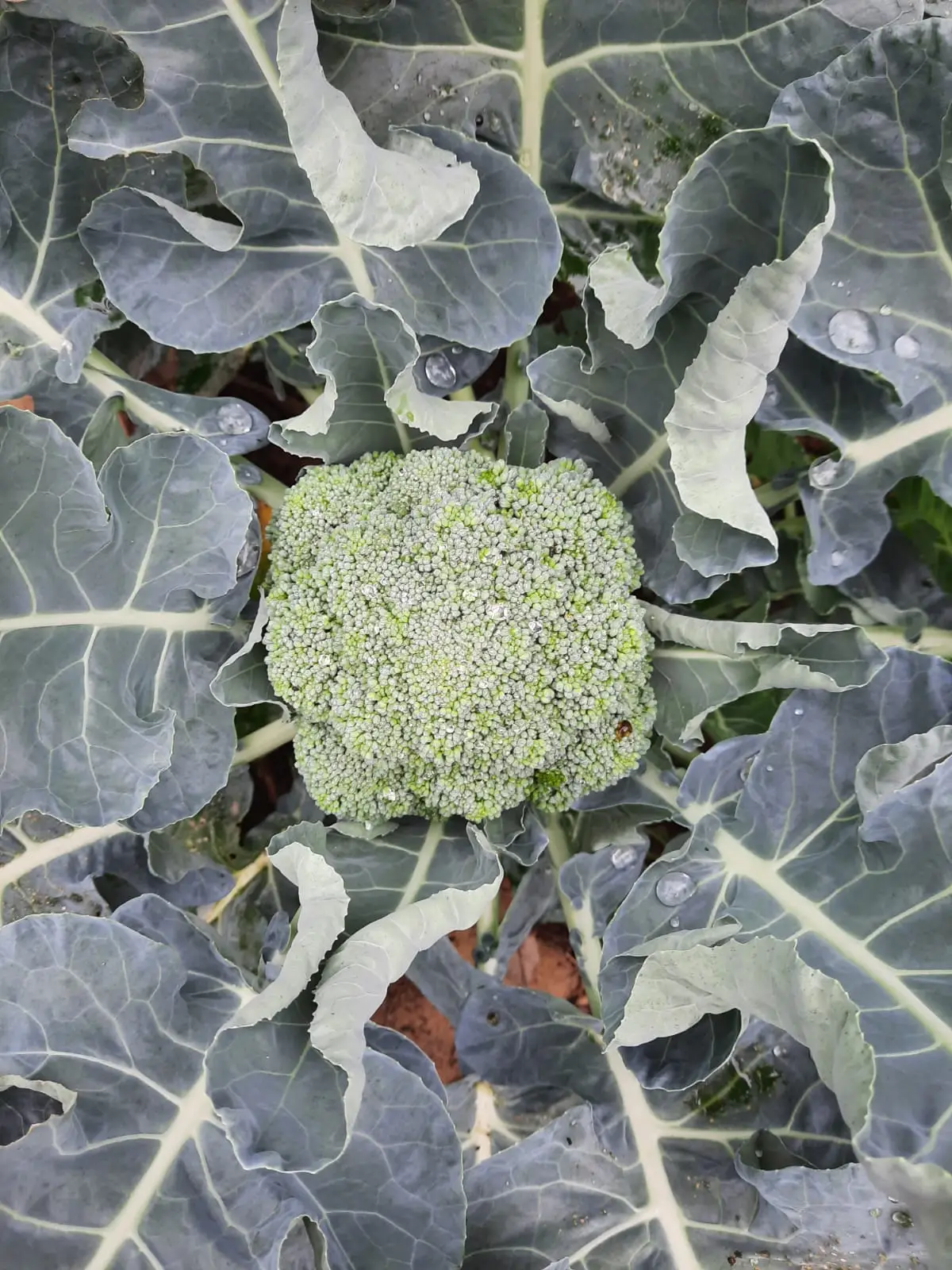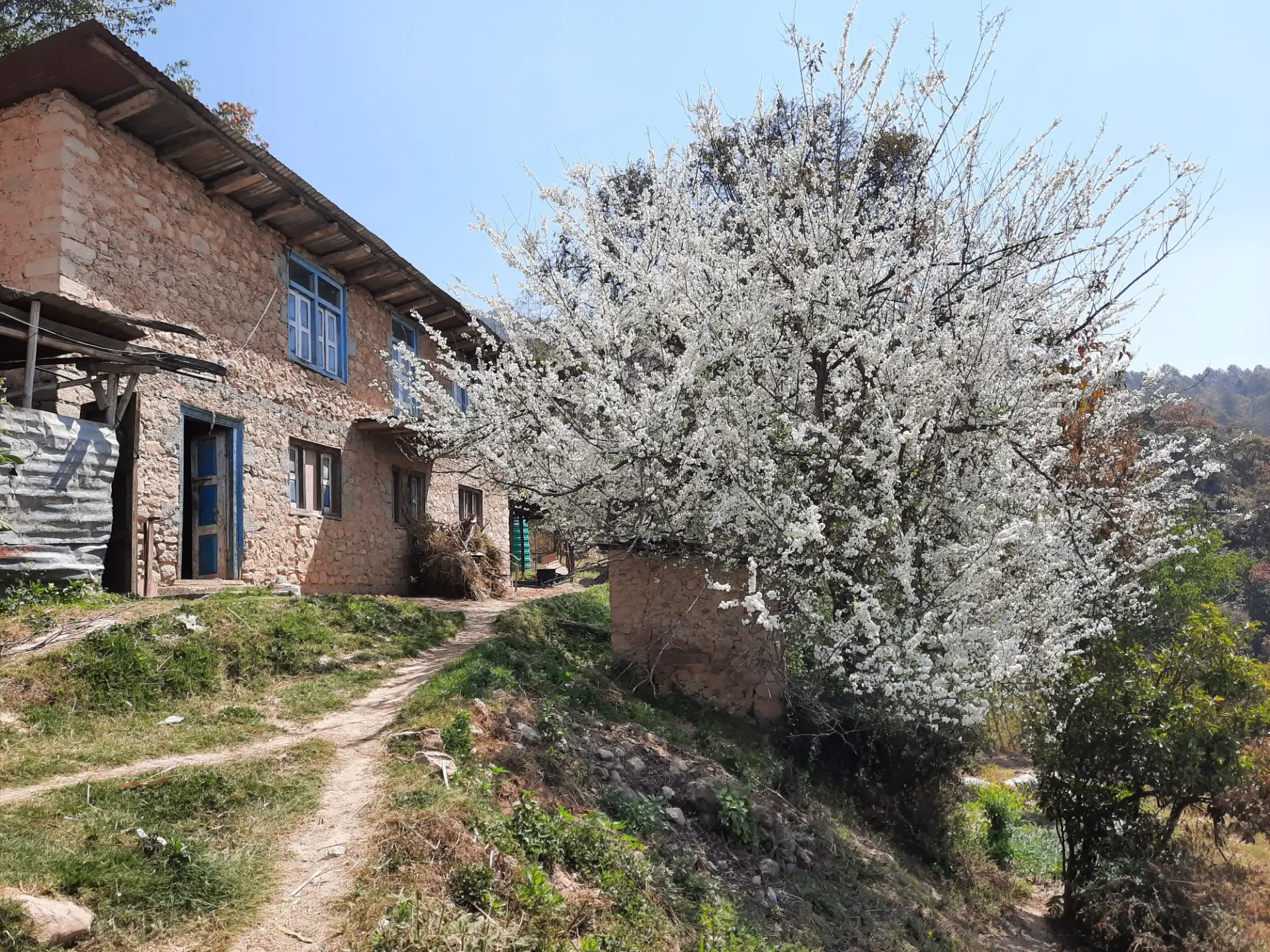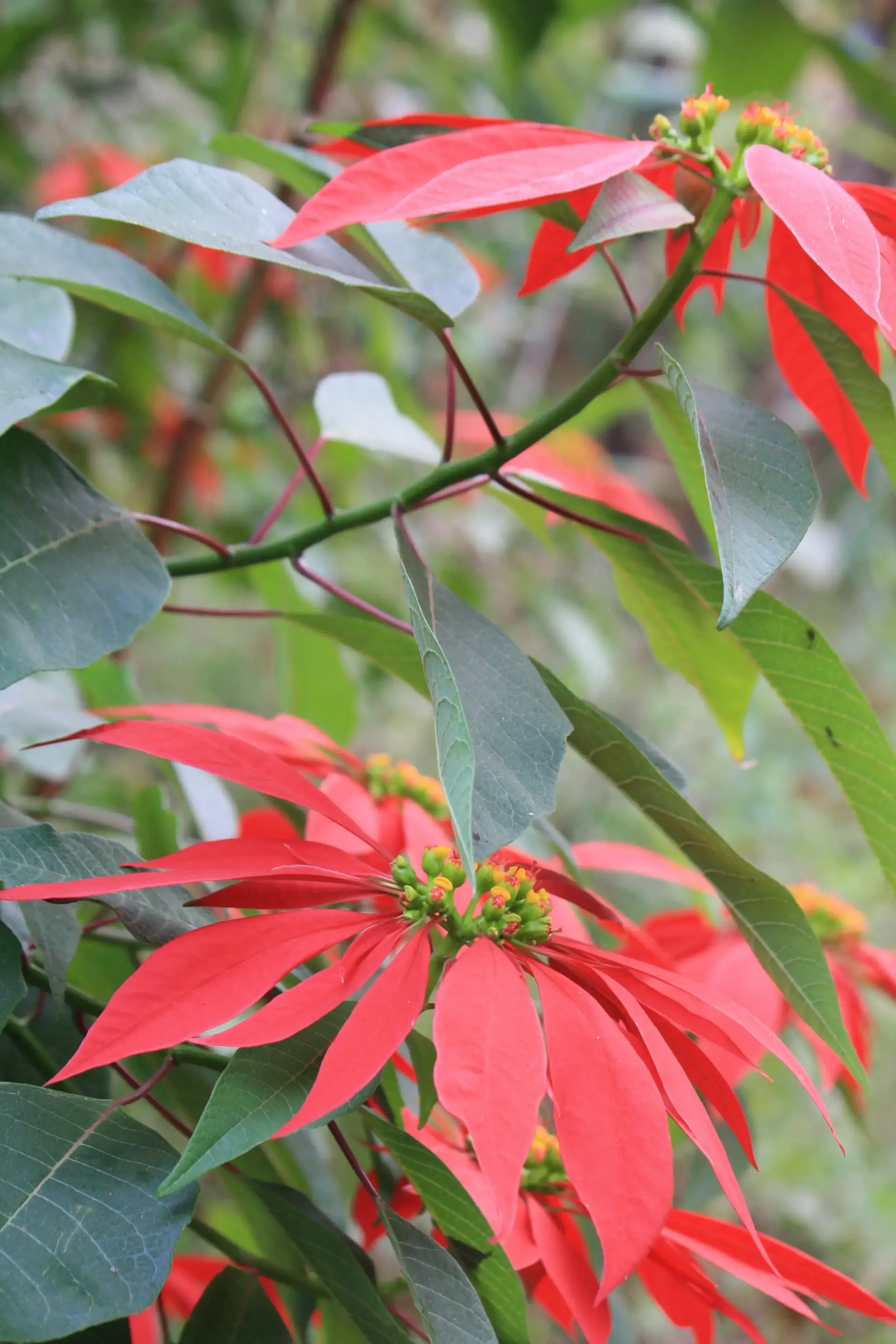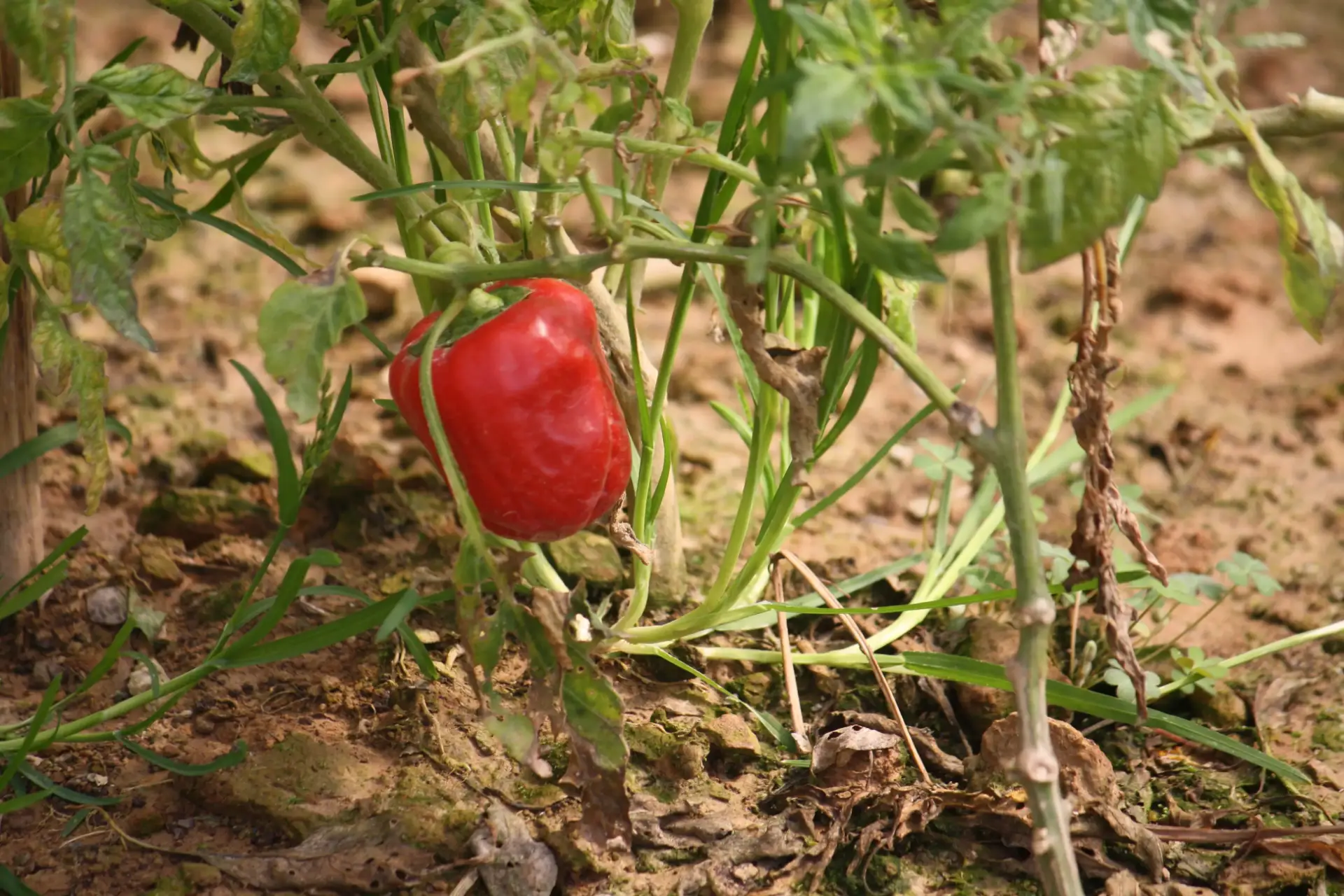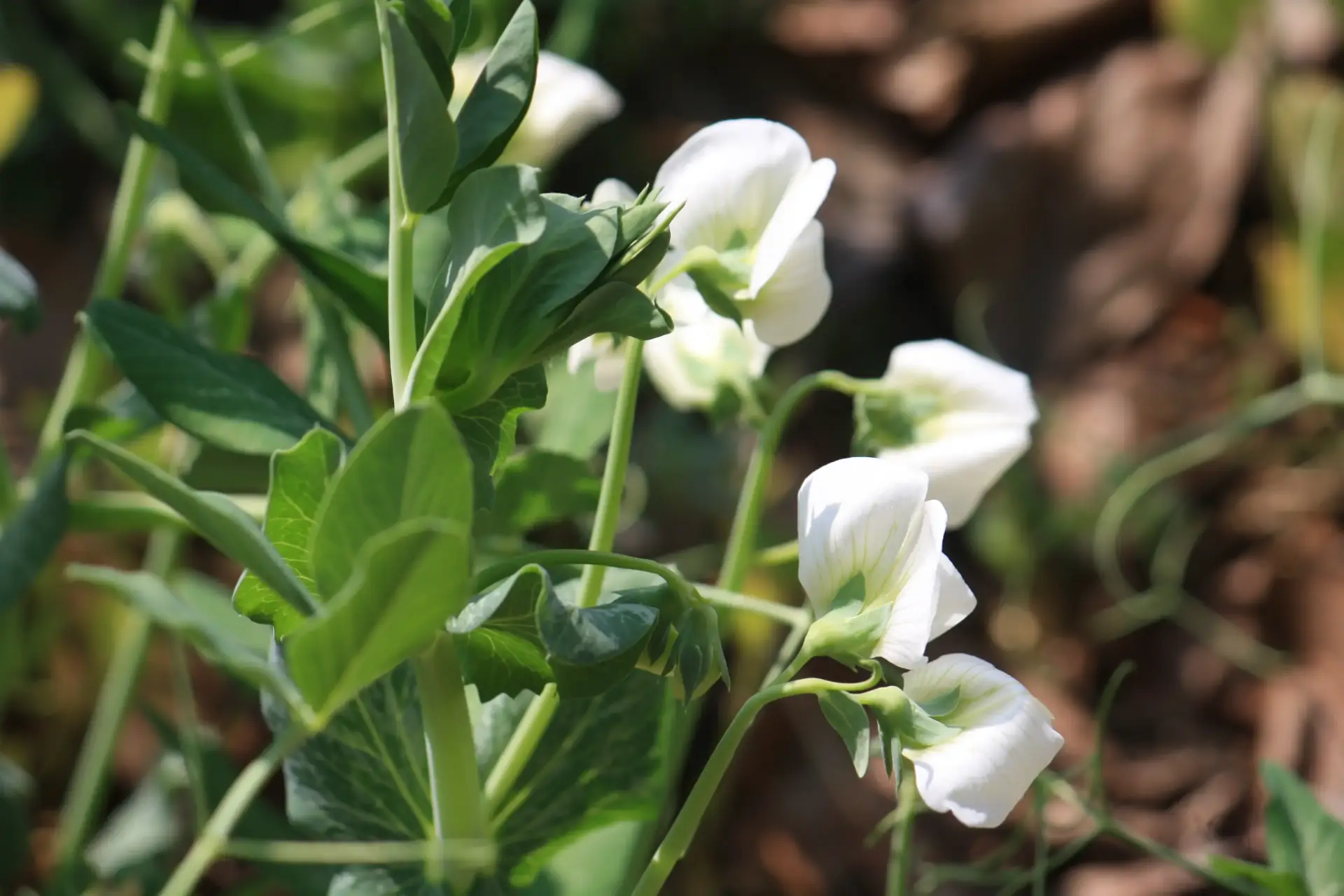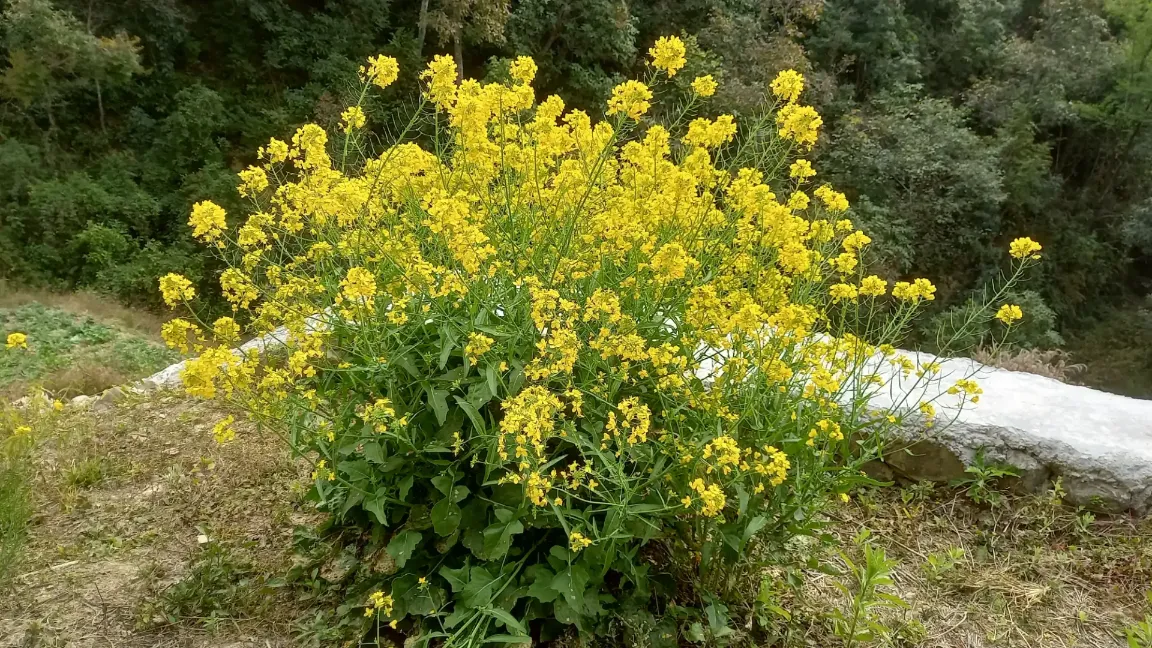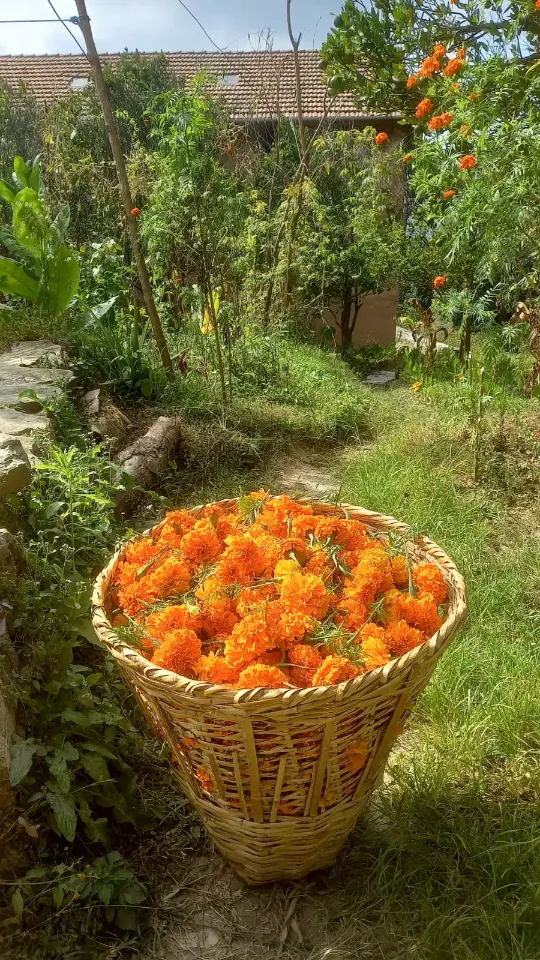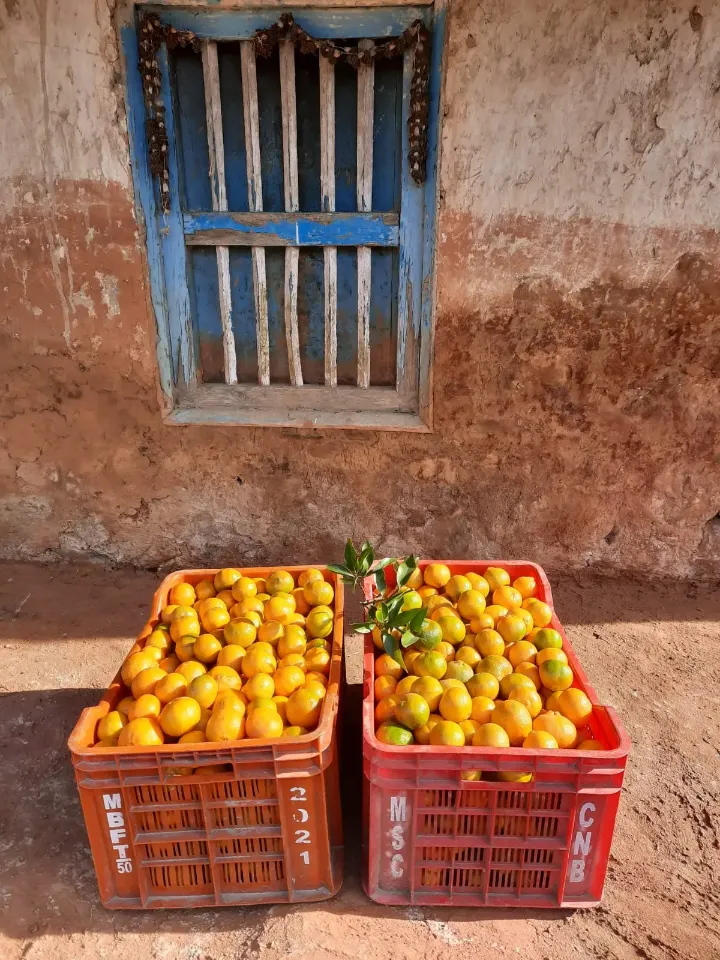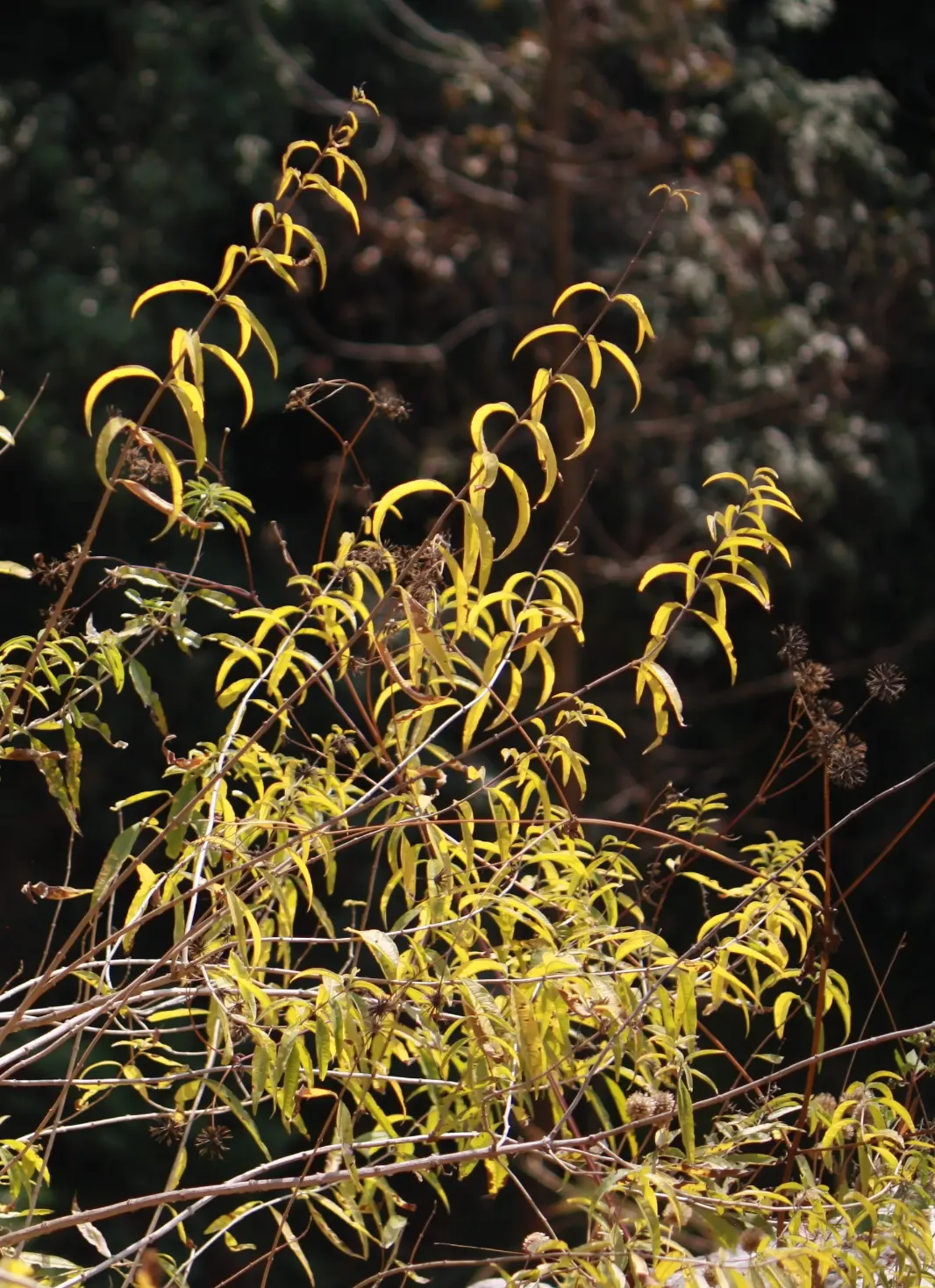Organic Farming
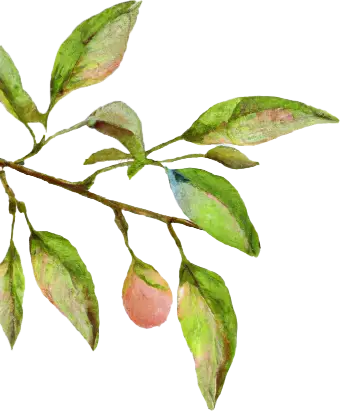
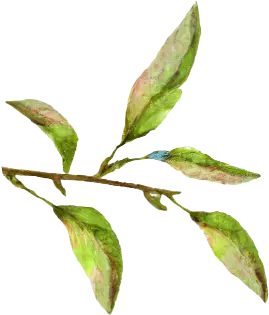
At Okharbot Organic Farm, we work as much as possible with nature, not against it. We use a circular ecology and thriving economy approach. We keep trying to understand and learn from our actions at the farm. Our starting point is improving the soil of all fields at the farm, through compost and mulching. At several places at the farm you will find compost heaps and mulch on the vegetable beds. The kitchen gardens have permanent beds with zero-tilling. We try not to walk on the vegetable beds to keep the soil loose. We intercrop on these vegetable beds using more various kinds of vegetables in one bed.
Kitchen gardens
Around the old farmhouse, green house and the lodge, the farm has several kitchen gardens. All are based on constantly improving the soil, keeping the soil moist through mulching and keeping the soil of the beds loose. The beds are permanent and not tilled. A wide range of vegetables - arugola, palm leaf cabbage, lettuce, aubergines, broad leaf mustard, carrots, broad beans, red cabbage, rettich and so many more -, herbs - lemongrass, mint, lemon verbena, turmeric, Indian bayleaf - tejpat -, rosemary -, and flowers - marigolds, calendula - are grown intercropped on the beds. On most fields around the farm houses and the lodge fruit trees are found, as well.
Fruit trees
There are around 250 mandarin trees at the farm, some of these trees are already more than 30 years old, others have not borne fruit, yet. Besides the mandarin trees, plum, peach, lemon, lime, persimmon and hog plum - lapsi - trees are found. In the fields further away, mulberry, wild fig and wild cherry trees grow in abundance.
Cereals and beans
We grow maize, finger millet - kodo - buckwheat, mustard and a range of beans at the farm. Fields with yellow mustard flowers were once a common sight in the Dhulikhel area, but are less usual now. The same is with crops like finger millet and buckwheat. We made them into an important element of the crop rotation at our farm. Sometimes you will see a combination of maize, beans and pumpkins in our fields. This combination is called the Three Sisters, the stalks of the maize will be used by the beans to creep up and the pumpkin covers the soil. These beans and cereals are used in the meals at the farm.
Bees
Since the end of November 2022, the Okharbot Organic Farm has Asian honey hees (Apis cerena). Mid February 2023 the colonies were split for the first time and the farm has gone from five beehives at the end of 2022 to 15 beehives at the moment. The bees pollinate all fruit trees, berries and mustard at the farm. They will also produce honey for use at the lodge. Bees die from chemical pesticides. As the farm is fully organic, they have a much better chance to thrive. The bees are a good indicator for the health of the organic farm.
Cows, Compost and Bio-fertilizer
Okharbot Organic Farm has three cows producing cow dung for the compost and milk for direct consumption and yoghurt for the lodge. The mixed cow dung with dried leaves of the cowshed floor is sometimes used directly on some of the beds, but more often added to the other compost heaps. We make compost in all areas of our farm, there are heaps in our kitchen gardens, in our cereal fields, and in the food forest. They are all based on the same principle of balanced layers of browns and greens. Greens are the parts of plants that are moist, soft and sappy and rot fast, these parts are low in carbon and high in nitrogen. The earlier mentioned cow dung is also part of this category. Brown are branches and wooden parts of trees, bushes and plants and rot slower, these parts are high in carbon and low in nitrogen. In a well functioning compost heap these layers of brown and green are in balance. If your heap is too moist add more branches or dry leaves, if the heap is too dry add green leaves or cow pee.
The cows also produce cow pee for our bio-fertilizer and our bio-pesticide. We make Jholmal (literally fluid compost) at the farm itself, close to the cowshed, but also just below the lodge. To the cow pee we add different opposite smelling leaves, like mugwort (titepati - Artemisia vulgaris), crofton weed (banmara - Ageratina adenophora) and chili peppers (kursani). After one week this mix is a biopesticide and can be used in the right ratio with water on the leaves of plants, if you leave it longer you can use the mix as a bio-fertilizer on the soil around the plant.
Herbs and shrubs
Around the farm a range of herbs grow in the fields and on the borders of the terraces. There is an abundance of lemon grass bushes on the terraces above the old farmhouse, fields with mint and some bushes of lemon verbena and hibiscus, so we can make you different herbal teas. In the kitchen gardens Indian bayleaf, basil, rosemary, sage and a few other herbs can be found. There are hundreds of black cardamom plants along the small creek on the farm.
Food forest and surrounding forests
The food forest at the farm is still in a very early phase. We planted a wide variety of over 100 small trees near the forest around our farm and are growing a forest that will produce fruits and nuts, fodder, herbs and vegetables. You could already walk in the forest and experience the young trees, the terraces, and the forests around.
